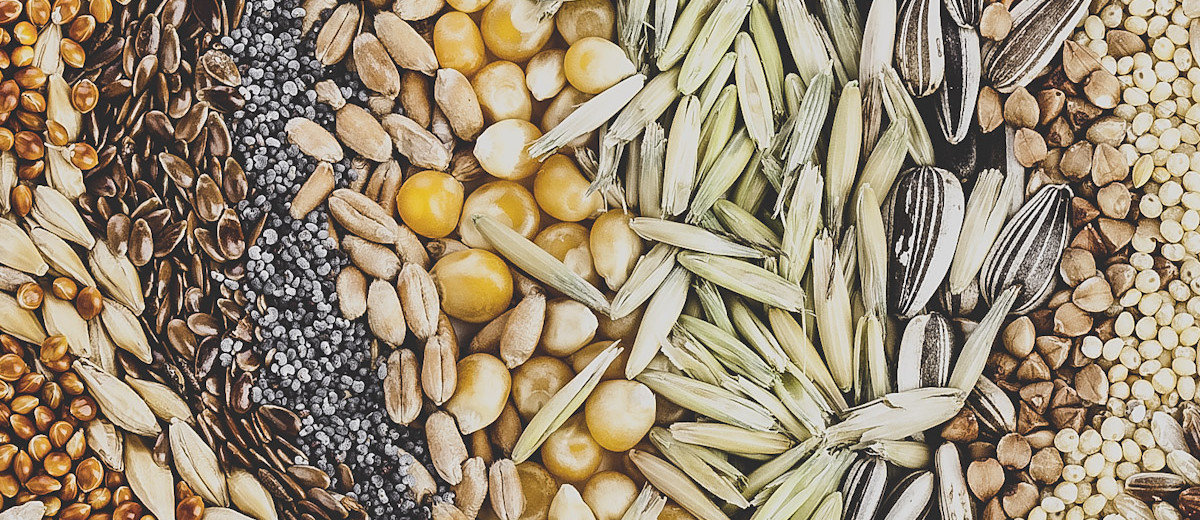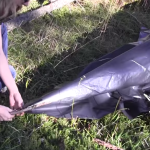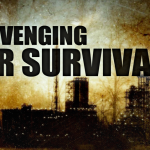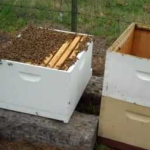Staking our Food Security on Seed Banks?
The current level of global crop production is barely enough to feed our current population. Land for farms competes with land that is required for grazing cattle and other livestock, and the entire global food supply hinges on a delicate balance between land availability, crop health, weather and access to water. Agriculture also depends on predictability in order to produce enough food to feed the planet.
Unfortunately, almost everything in the world is far from being predictable, including the impact that extreme weather is having on our ability to produce food. The result is that a significant event, such as a huge wildfire or drought, can wipe out an entire crop of food and disrupt supplies around the world. Couple that with the fact that we get our food from far-flung places such as Thailand, Brazil and China, and it’s easy to see how this could be a problem that impacts the lives of Americans.
Massive flooding in Thailand wiped out supplies of rice in America a couple of years ago, and that shortage lasted for months. Prices shot through the roof as availability diminished. Corn crops were destroyed due to prolonged drought in the midwest a couple of years ago as well, and that produced a similar impact that was felt over the course of the following year. We are also currently facing a massive drought in California as well as a bug that is wiping out orange crops in Florida.
We’re not the only country that is having problems either. Australia has also seen their crops decimated by drought as well as flooding. Wacky weather in Asia continues to send staple food prices through the roof, and famine in Africa is fueling civil unrest in numerous countries.
Those who have invested and support these agricultural safe deposit boxes maintain that seed banks give us access to more resilient and diverse crops. However, none of these problems are being addressed by a seed bank anywhere. Not only are they not able to provide us with a solution to the current global food crisis, but the success of using seeds that have been dormant for years is questionable as well.
This, my friends, is how leaders from around the globe have decided to prepare for the eventuality of a food crisis. However, now that we’re in one, it’s clear that this solution is nothing short of useless because it doesn’t address the challenges that we face now. Not only that, but it would take years of finding and preparing new land before these seeds could be planted. So, in reality, millions upon millions could die in the intervening time.
We don’t spend a lot of time thinking about food security beyond making sure that we have enough in storage to weather out a crisis. However, it is not beyond the realm of possibility that we may face a years-long food shortage that can come with little warning.
The good news is that a food crisis will probably be months or years in the making, so there’s plenty of time to prepare. The bad news is that a crisis has been brewing for years already, and this threat may be at our doorstep a lot sooner than we may think. This is why it’s so important to start thinking about how such a situation could impact your survival, and consider how it impacts your preparedness strategies.
More Articles From This SIte
Pages:
- 1
- 2














